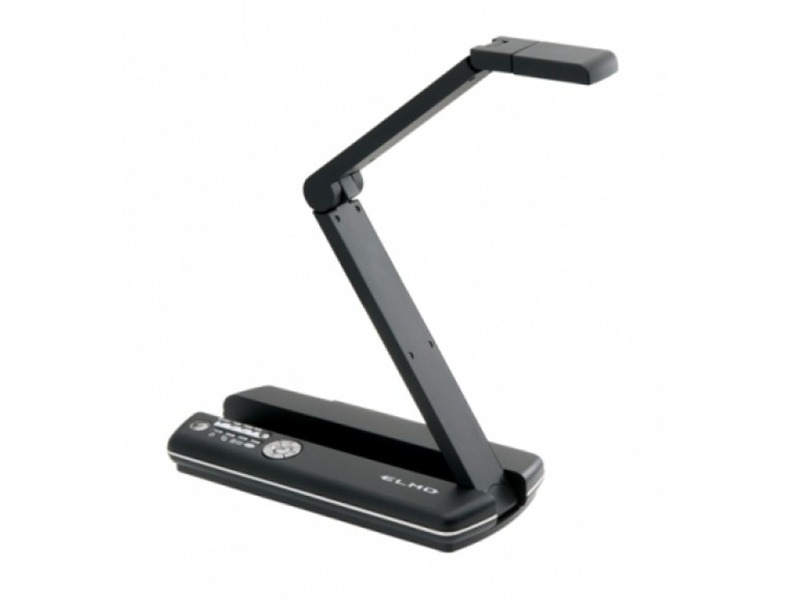Visualisers allow a non-digital item to be displayed digitally by capturing an image of the item with an overhead camera. That image is then displayed on another device, such as a projector screen, interactive whiteboard or monitor.
These devices are most useful for taking snapshots of paper documents, but they can capture much more than that. With the right camera, high-quality images of 3D objects can be captured. Some visualisers also capture video.
In contrast to overhead projectors, which require text to be transferred to clear plastic sheets in order to display the image, visualisers work with documents in their raw, paper format. This boosts the potential application. Visualisers can also capture images of physical objects, which overhead projectors cannot.
Buying the right visualiser is a case of getting four things right. Here’s what you need to know:
Camera type
There are two types: CMOS cameras, and CCD cameras.
CMOS cameras are for capturing still images. CCD cameras are for capturing video.
CCD cameras can sometimes also capture still images, but CMOS cameras have a sensor designed for the task, so have the superior zoom and better image quality. CMOS cameras are designed to display small objects with pinpoint clarity.
Zoom type
There are two types: digital zoom, and optical zoom.
Optical zoom is the better type. It magnifies an image to fill the sensor without loss in quality. Digital zoom magnifies a portion of an image, thus capturing fewer pixels, which results in a loss of quality in the image.
Cheaper visualisers tend to only have digital zoom. For example, the Epson ELPDC13 has digital zoom 16 which means it can magnify an image digitally x16. The Epson ELPDC21 is around £100 more but has optical 12 and digital 10 zooms. This is much better because you can magnify the image x12 without losing any quality.
Resolution
Resolution refers to the quality of an image. It is the number of pixels contained on the display device. So, a visualiser with a maximum resolution of 1080p (full HD) would display 1080p content on a 1080p display monitor.
1080p is the benchmark for visualisers because it enables you to display a high-quality image that can downsize if the display unit has a lesser resolution (for example, 720p). You will find most visualisers support the following outputs:
SXGA (1280*1024), XGA (1024*768), WXGA 16:10 (1280*800), WXGA 16:9 (1360*768), 1080p (1920*1080), 480p/ 720p/ 1080p.
We recommend a minimum of 1080p to futureproof your visualiser.
Auto focus
This is a useful feature to have. Visualisers without autofocus require you to focus on material manually. Autofocus means exactly that – that the visualiser will recognise new material and focus on it automatically.
Not only does this feature save you time, but it also ensures the material is always in focus with optimal results. Visualisers with autofocus aren’t rare and an increasing number of entry-level models come with it. Personally, we wouldn’t be without it and we always recommend it. It really does save a lot of hassle.



